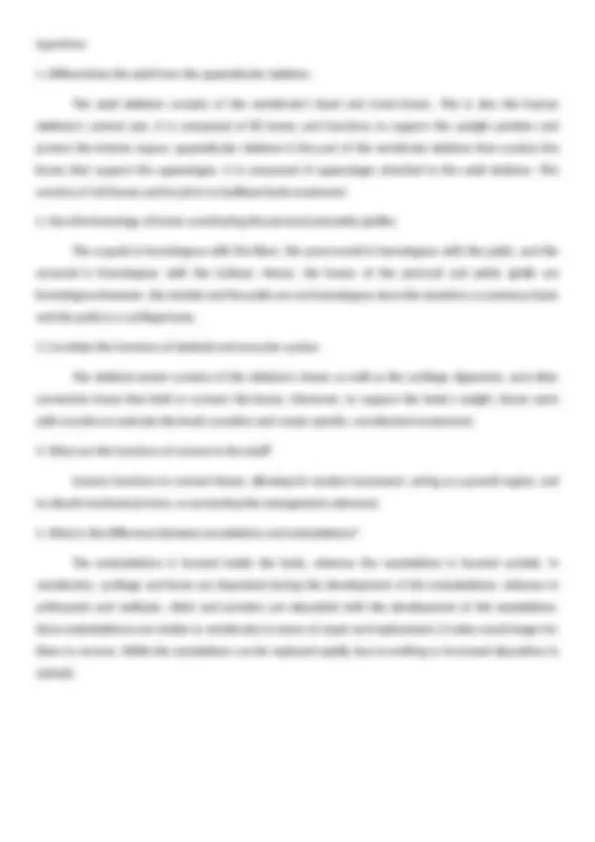Questions:
1. Why is the frog used as representative animal in General Zoology?
Frogs are used in General Zoology because their bodies provide an excellent overview of the
anatomy organ systems of complex organisms. Similar to human organs in terms of their functions and
properties. They are accessible and easy to use. In addition, their life cycle is well documented.
2. What are the functions of the nictating membrane?
The nictitating membrane is a transparent third eyelid present in certain animals that may be
drawn across the eye for protection and to keep it moist while keeping visibility.
3. What is the browspot?
A vestigial eye located between the eyeball.
4. What is the function of webbed foot?
The webbed feet of frogs help them in swimming. They have thin skin or webbing between their
toes, which makes it easier for them to move in the water.
5. Cite morphological characteristics which distinguish a male from a female frog.
Female frogs are generally bigger and heavier than males. Males have vocal sac while female don’t
have. The tympanum is a small, spherical disc that covers the ears of both male and female frogs. In males
of the majority of frog species, the circumference of this little disc exceeds that of the eye. On females of
most frog species, the size of the eye is the same as the size of the disc.
6. Where do you find the axillary and inguinal regions of the frog?
The axillary region of the frog is placed between the upper leg and the thorax, whereas the inguinal
region is located on the lower half of the front abdominal wall.
7. What is a prehallux?
An extra first toe, or rudiment of a toe, on the preaxial side of the hallux.










